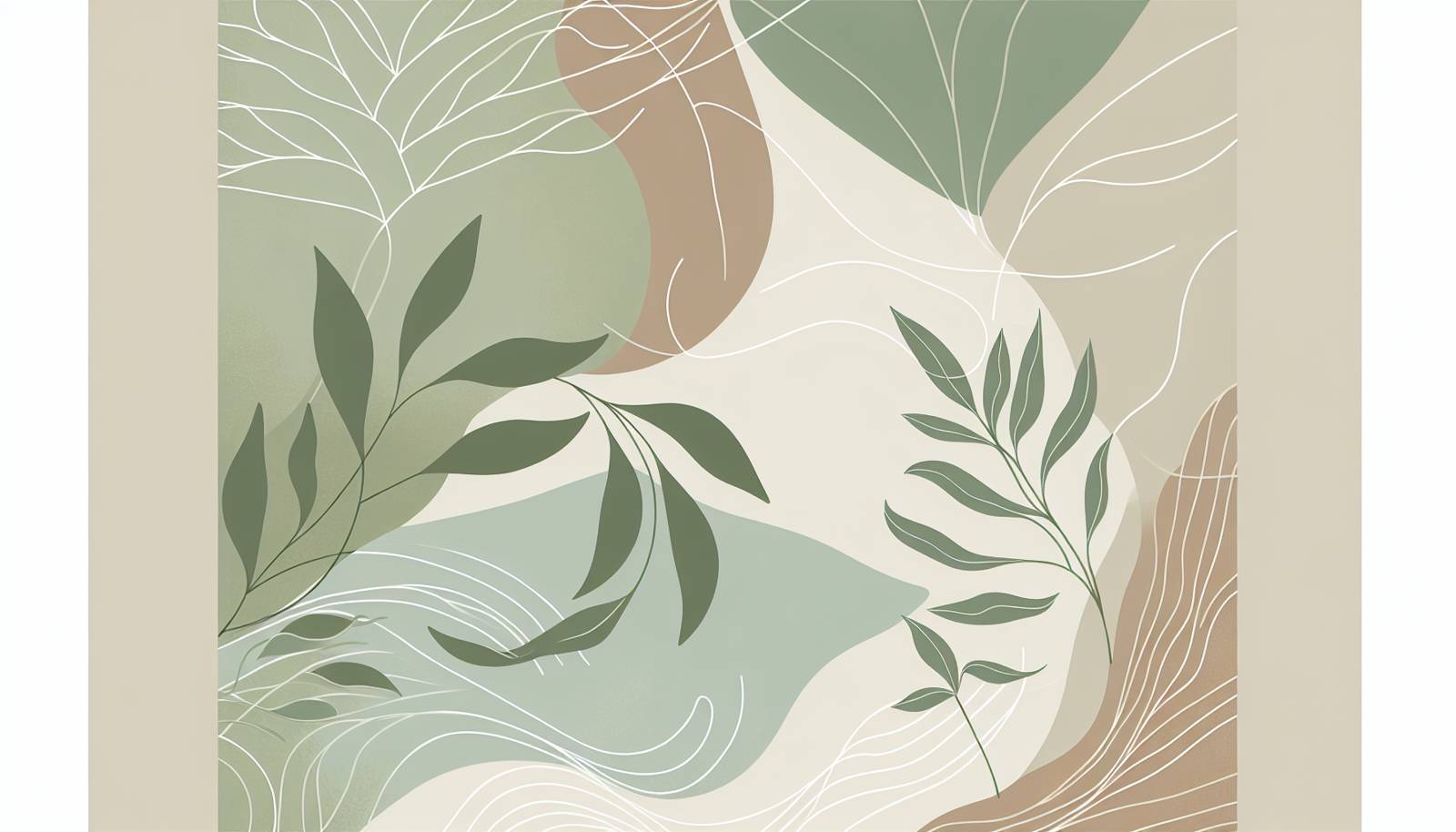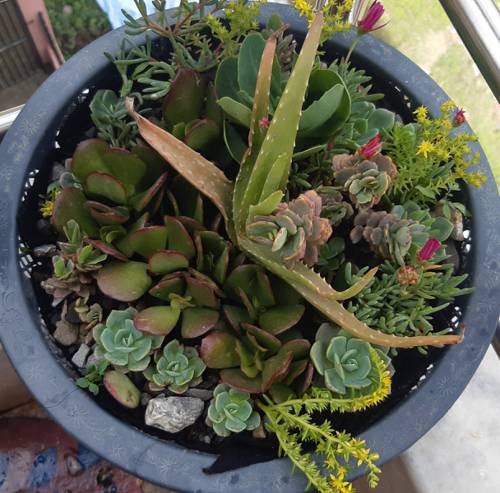
FAQ About Indoor Plant Cultural Aesthetics

What are indoor plant cultural aesthetics?
Indoor plant cultural aesthetics refer to the integration of plants into indoor spaces, shaped by cultural practices and traditions. Different cultures have distinct ways of using plants for interior decoration, reflecting unique styles and values. This concept looks at how plants can enhance the beauty and cultural expression within homes and other indoor environments.

How do Japanese cultural aesthetics integrate plants indoors?
Japanese indoor plant aesthetics often embrace minimalism and harmony with nature. Ikebana, the Japanese art of flower arrangement, is a prime example, focusing on simplicity, balance, and considered placement of flowers and plants. Bonsai, the cultivation of miniature trees, is also a traditional Japanese practice representing balance, patience, and a connection to nature.

Can you explain how indoor plants feature in Indian cultural aesthetics?
In Indian homes, indoor plants often hold both decorative and spiritual significance. Plants such as Tulsi (holy basil), Aloe Vera, and money plants are common, believed to bring health, wealth, and prosperity. Vastu Shastra, the traditional Indian architecture system, often guides the placement of these plants to align with cosmic energy and harmony in living spaces.

What is the significance of Feng Shui in Chinese indoor plant aesthetics?
Feng Shui, the ancient Chinese practice of harmonizing spaces, places plants as key elements for promoting positive energy flow. The placement and type of plants can affect health, prosperity, and relationships. For example, the Jade plant is considered auspicious for wealth, and Bamboo is associated with luck and resilience.

How do Mediterranean cultures use plants in their indoor spaces?
Mediterranean cultures often incorporate herbs and plants into their indoor settings for both aesthetic and practical purposes. Plants like Lavender and Rosemary add natural beauty and fragrance, while Olive trees and Citrus plants are common, reflecting the region’s landscape and climate. These plants often provide a rustic and warm ambiance typical of Mediterranean homes.

Which plants are commonly used in Middle Eastern indoor aesthetics?
In Middle Eastern cultures, indoor plants like Ficus, Palms, and Succulents are popular due to their ability to thrive in arid conditions. These plants are chosen not only for their adaptive qualities but also for their ability to add a lush, decorative element to homes, often paired with intricate pots and planters that reflect the region’s artistic tradition.

What plants are popular in African indoor plant aesthetics?
African indoor plant aesthetics often include bold and sculptural plants such as Snake Plant, ZZ Plant, and Aloe Vera. These plants are known for their resilience and strong visual impact. In many African cultures, these plants are integrated into interiors to create a vivid connection with the natural world, enhancing both modern and traditional design settings.

What is the role of plants in South American indoor spaces?
South American cultures often embrace vibrant and lively indoor plant aesthetics. Plants like Monstera, Philodendron, and Anthurium are commonly used for their lush foliage and tropical appeal. These plants reflect the continent’s rich biodiversity and are often decorated with colorful, handcrafted pots that celebrate local craftsmanship and artistic expression.

How are plants used in French cultural interiors?
In French interiors, plants like Orchids, Lavender, and small topiary are often used to complement elegant and classic designs. French culture places a high value on gardens and florals, and this extends to indoor settings where plants add charm and sophistication. Often, plants are displayed in vintage or antique containers, enhancing the aesthetic of French chic.

What unique characteristics define English indoor plant aesthetics?
English indoor plant aesthetics are often characterized by a combination of cottage style and Victorian influences. Potted roses, ferns, and herbs are popular in English homes, adding a classic and often romantic touch. Plants are arranged for their color and fragrance, often blending seamlessly with floral-patterned fabrics and wallpapers that are common in English interiors.

How do indigenous Australian cultures incorporate plants indoors?
Indigenous Australian cultures may use native plants like Ferns, Grevilleas, and Eucalyptuses in indoor settings to connect with natural heritage and landscape. The integration of these plants is often about creating environments that respect and reflect the local ecosystem, incorporating natural elements into urban living spaces in a culturally respectful manner.

What are some modern trends in indoor plant aesthetics globally?
Modern trends in indoor plant aesthetics globally include biophilic designs that emphasize a connection between indoor environments and nature. Vertical gardens, hanging planters, and sustainability-focused choices like air-purifying plants have gained popularity. These trends often integrate digital technology for smart plant care, aligning plant aesthetics with contemporary lifestyles.

Why are succulents popular in various cultural indoor plant aesthetics?
Succulents are popular in various cultural indoor plant aesthetics due to their diverse shapes, colors, and ease of care. They require minimal water and maintenance, making them ideal for urban living. Their versatility allows them to fit a wide range of design styles, from minimalist to eclectic, making them a favorite in different cultural settings around the world.

How do indoor plant aesthetics contribute to well-being?
Indoor plants contribute to well-being by improving air quality, reducing stress, and promoting relaxation. Different cultural practices align these benefits with traditional beliefs, enhancing mental and physical health. The presence of plants in indoor spaces often creates a calming environment, promoting mindfulness and enhancing the overall quality of life.

How do cultural beliefs influence the choice of indoor plants?
Cultural beliefs significantly influence the choice of indoor plants, as many cultures attribute specific meanings and benefits to certain plants. For example, the Tulsi plant in Hindu culture is revered for its spiritual significance, while the Bamboo plant in Chinese culture is associated with luck and prosperity. These beliefs guide the selection and placement of plants in culturally significant ways.

Which indoor plant aesthetics are suitable for minimalist spaces?
Minimalist spaces often benefit from plant aesthetics characterized by simplicity and clean lines. Plants like Sansevieria (Snake Plant), ZZ Plant, and Peace Lily are popular choices because they offer architectural simplicity and require minimal maintenance. Such plants add a touch of greenery without overwhelming the serene and uncluttered look of minimalist designs.

What challenges are there in maintaining cultural plant aesthetics indoors?
Maintaining cultural plant aesthetics indoors can present challenges such as climate suitability, space constraints, and access to appropriate plant care. Some traditional plants might require specific humidity or light conditions not easily achievable indoors. Additionally, urban living spaces may limit the ability to display plants in culturally traditional ways, requiring creative solutions.

How has globalization affected indoor plant cultural aesthetics?
Globalization has led to a blending of indoor plant cultural aesthetics, allowing for diverse influences and a wider variety of plant choices. Today, cultural exchange enables the mixing and matching of global design elements, creating eclectic and unique indoor spaces. However, this also risks diluting traditional practices as global trends may overshadow local customs.

How do cultural indoor plant aesthetics impact local economies?
Cultural indoor plant aesthetics impact local economies through the demand for specific plants, artisanal pots, and related decorative items. Cottage industries and local artisans often benefit by providing culturally relevant products, fostering community commerce and preserving traditional craftsmanship. In some regions, the popularity of certain plant aesthetics can also boost tourism and local horticulture.
